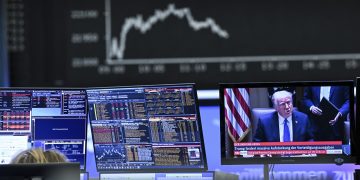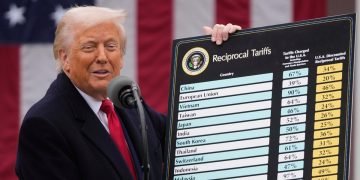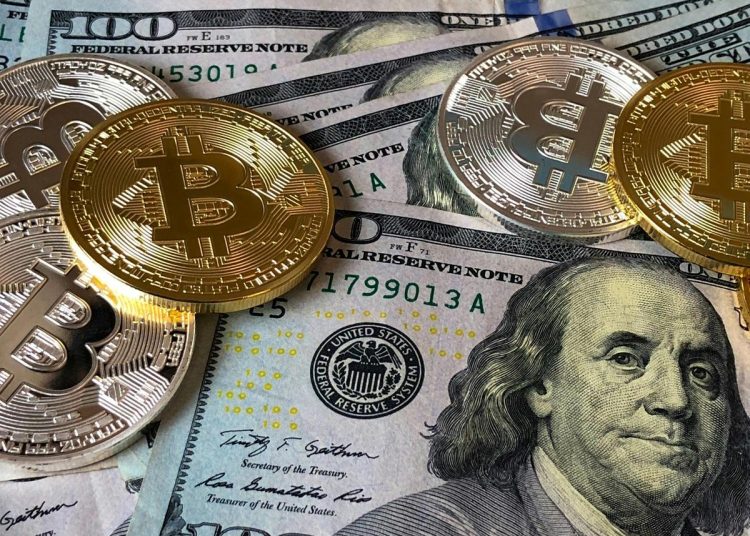Bitcoin’s relationship with traditional financial markets has evolved, making its correlation with the US dollar (USD) an essential factor for forex traders. While Bitcoin operates independently of central banks, its price movements often align with macrotrends influencing the US dollar, including interest rates, inflation and liquidity shifts.
Over the past five years, Bitcoin’s correlation with the US Dollar Index (DXY) has fluctuated between -0.4 and -0.8, meaning it often moves opposite the dollar but not always consistently. For forex traders, this relationship presents both opportunities and risks, particularly when analyzing BTC to USD price trends alongside major forex pairs.
Understanding Bitcoin’s Inverse Correlation with the US Dollar
It is well established that the particular exchange rate relating to bitcoin is between the dollar and bitcoin. However, like the value of any major fiat currency, cryptocurrency is also affected by interest rates, monetary policies and global liquidity trends, so its price does not move in specific, symmetric ways.
It is well known that bitcoin shows a strong negative correlation with the dollar index (DXY), which measures the value of the dollar against major currencies.
The Correlation Mechanism:
- If the dollar is on a higher value, then the value of bitcoin tends to drop.
- A decrease in the value of the dollar is usually accompanied by an increase in the value of Bitcoin.
Take…



























































